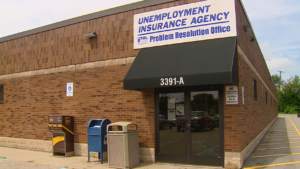New rules by the E.P.A. redefine any level of lead dust as a hazard, mandating property owners to handle cleanup and protect vulnerable populations.
New Regulations Aim to Combat Lead Dust in Homes and Child-Care Facilities

New Regulations Aim to Combat Lead Dust in Homes and Child-Care Facilities
The Biden administration enacts stricter standards to protect children from lead exposure in residences and daycare settings.
The Biden administration announced on Thursday a significant enhancement of regulations aimed at safeguarding children from the dangers of lead exposure in homes and child-care establishments. The Environmental Protection Agency (E.P.A.) revealed that under the new guidelines, even minimal levels of detectable lead dust will now be classified as a "lead hazard." Consequently, property and business owners will be held responsible for the cleanup of any lead dust present, igniting concerns about the potential financial burden on landlords and business operators.
Lead, identified as a severe neurotoxin, poses a substantial threat, particularly to young children whose developing brains and nervous systems are especially vulnerable. Historically, lead was incorporated into paint formulations to enhance durability and drying times. The federal government prohibited the use of lead-based paint in residential applications back in 1978. However, the E.P.A. estimates that approximately 31 million homes still harbor lead paint, with around 3.8 million of these residences housing children aged six and under.
"The scientific consensus is unequivocal: No level of lead exposure is safe," asserted Michal I. Freedhoff, assistant administrator for the E.P.A.’s Office of Chemical Safety and Pollution. Freedhoff emphasized the long-term implications of lead exposure on children's lives, underscoring the potential for it to impede their futures and lead to lifelong challenges.
This move comes as part of the administration's broader initiative to enhance public health and safety measures, particularly for children considered at high risk due to their age and developmental stage. Facility owners will need to adapt quickly to these new changes to ensure compliance and the health of young residents.























